One death is a tragedy. One million deaths is a statistic.
The human mind is a miraculous thing, but it’s also a flawed thing. We weigh emotions far more highly than we do logic, which is how something like the quote above1 comes into being. To the human mind, a single death is a tragedy – a life snuffed out, an intelligent being gone from the world. A million deaths, though? We can’t comprehend that in the same way; instead of a million tragedies, a million lives gone unlived, untold billions of hopes and dreams obliterated, it’s just… a number.
In the years 1940-1945, the Nazis deported at least 1,300,000 people to Auschwitz:
1,100,000 Jews
140,000-150,000 Poles,
23,000 Roma (Gypsies),
15,000 Soviet prisoners of war,
25,000 prisoners from other ethnic groups.
1,100,000 of these people died in Auschwitz. Approximately 90% of the victims were Jews.
On Monday afternoon, we arrived at Oświęcim, a town of about 40,000 people about an hour away from Krakow. As towns go, it’s fairly normal – the most notable thing I can remember seeing was a mall that was utilizing a KFC as an anchor store.
And then you hit the edge of town, and find out why the name seems ever so slightly familiar: three quarters of a century ago, the Nazi government of Germany decided they needed somewhere to put their prisoners. Having recently conquered Poland, they decided they wouldn’t waste any of their precious homeland on prisoners, and allocated some land in their new largesse. With a characteristic disdain for everyone they were in control of, they wrote off the Polish language – and all the Polish names for places – and renamed the town.
Auschwitz

Thus was born the first component of Auschwitz-Birkenau, the largest and most infamous of the Nazi concentration/death camps.
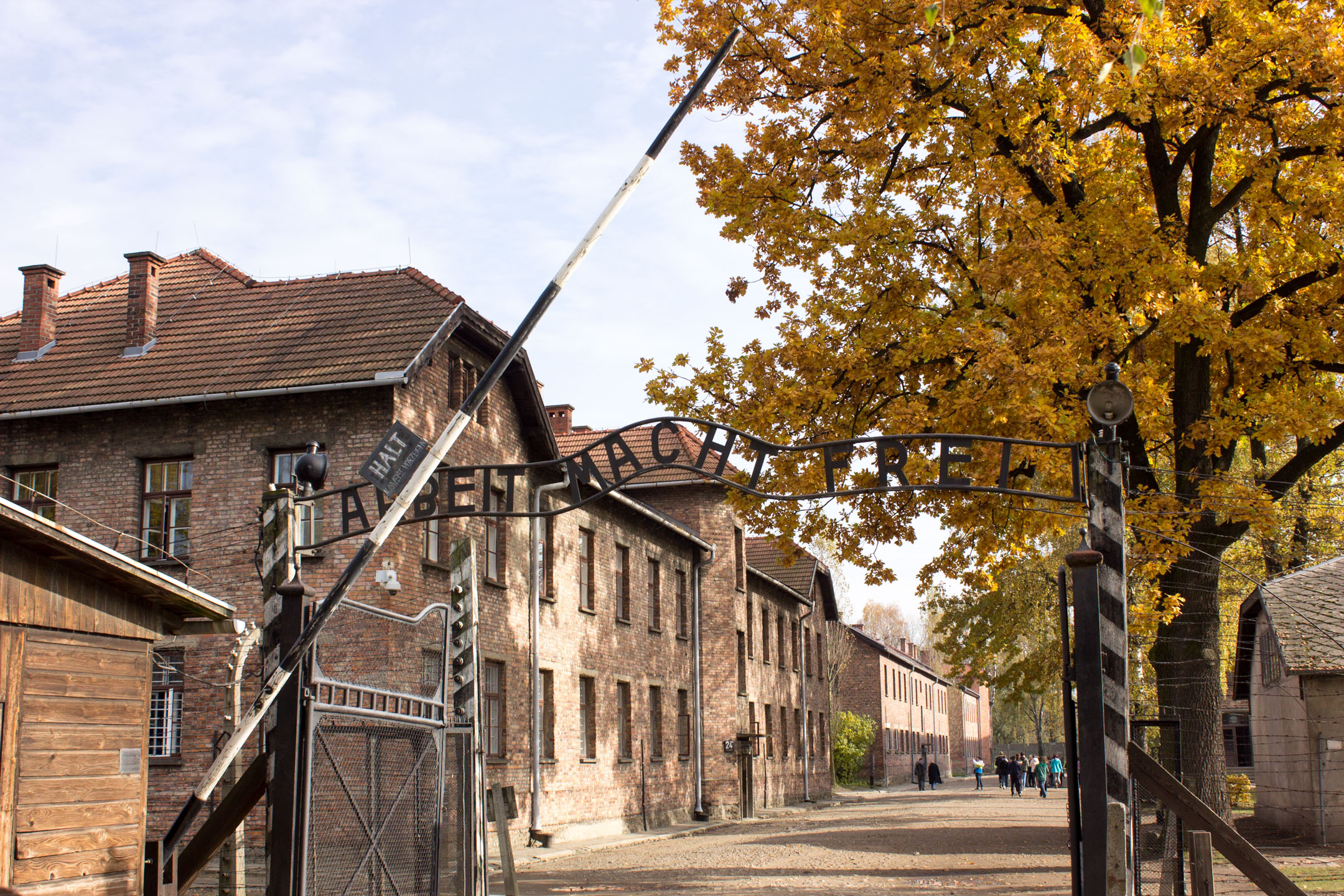
Entering the camp, you pass under a gate. “Arbeit macht frei” – ‘work makes you free,’ roughly translated.2
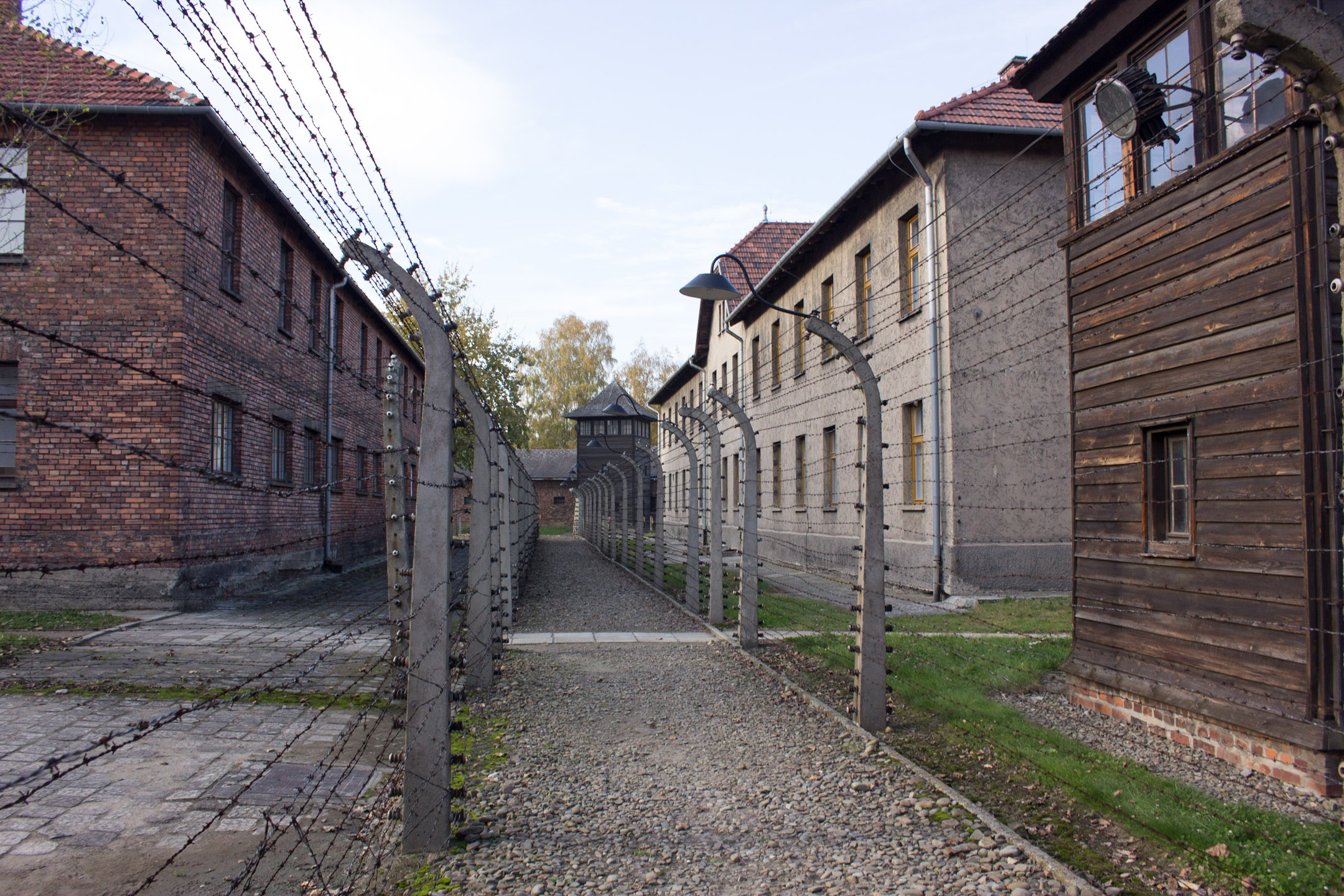
A double barbed wire fence wraps the perimeter, as well as cutting off some internal areas from others. During operation, the fence was electrified and patrolled.

This is the Black Wall. To the right is Block 11, used as the “justice” center at the camp – prisoners who broke any of the rules, or irritated the guards, were sent there for “trial.” Something like 90% of those trials resulted in a conviction, and the vast majority of the time the sentence was death. In cases where it wasn’t, the cell block in the basement offered a variety of options – starvation cells, where prisoners would be locked for weeks on end; asphyxiation cells, roughly 10 feet to a side, with a single six inch square opening to allow in air, into which up to 40 people would be placed overnight; oubliettes with no room to sit or lay down, into which prisoners were forced to crawl on hands and knees. To some, the quick death of the Wall, being shot by SS officers, might have seemed like an easy release.

This is the crematorium, the first one built at the camp. It also contains the first gas chamber used on the site – none of the “shower” pretense that would later be used – prisoners were crammed into a small room with an opening in the ceiling. Once the doors were sealed, Zyklon B was poured in through that opening, which was then sealed as well. Days later, the bodies only had to be carried a few meters to reach the incinerator; the true horrors of the Holocaust had begun.
Birkenau

After a while, the Nazis realized that Auschwitz just wasn’t big enough. Thus, Birkenau – a massively expanded camp, built just a mile from the original to keep it within the exclusion zone,3 and with its own train terminal to make everything more efficient.
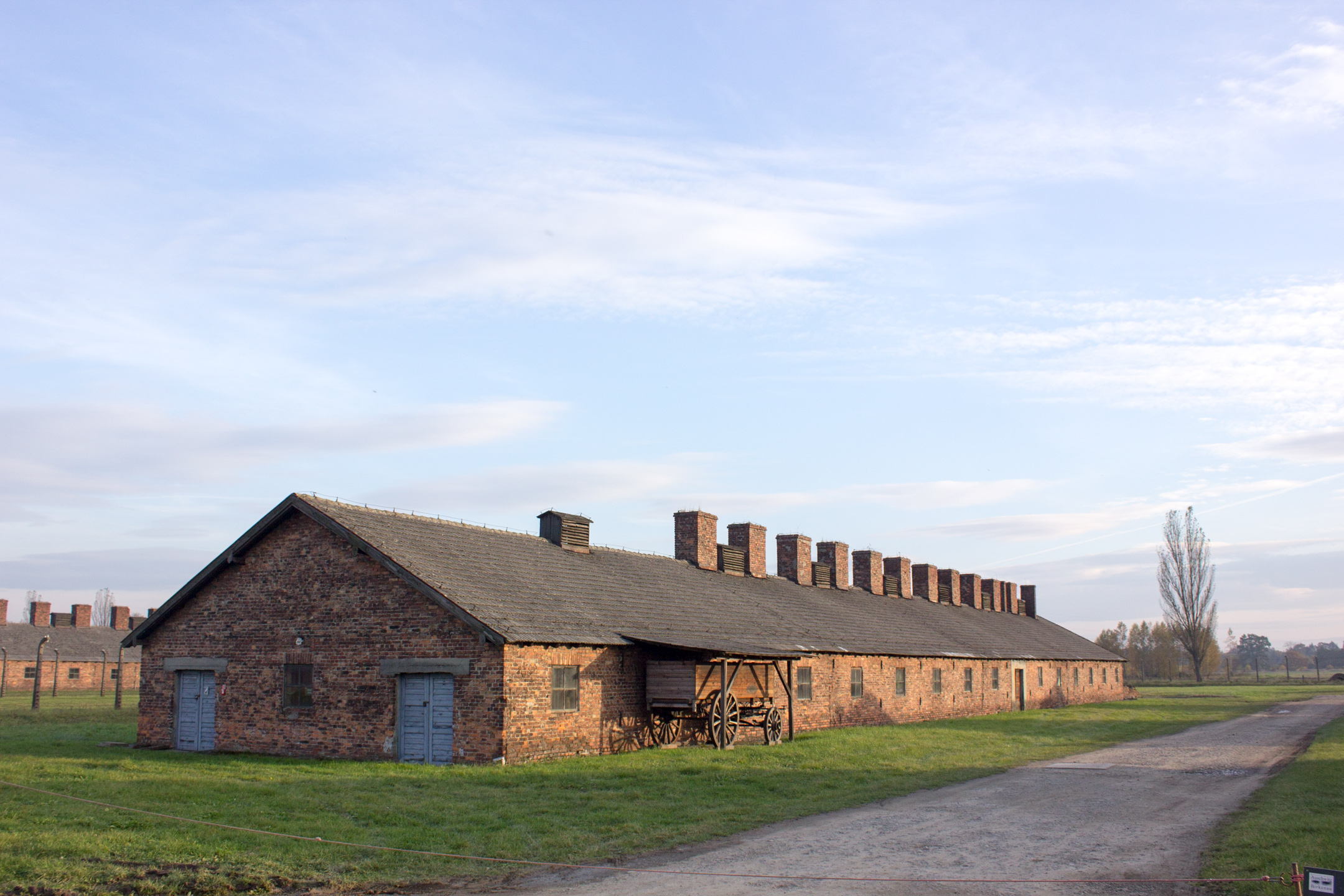
Both camps were given a strange aspect by the weather. When you’re exploring the closest mankind has ever gotten to building Hell on Earth, you’ve got a certain expectation of the weather – pallid, at best. Instead, we found a crisp fall afternoon, a beautiful blue sky largely unimpeded by clouds. It was, in a twisted way, picturesque.

As I mentioned, Birkenau had its own train terminal as an upgrade to the original camp.4 It was a horribly efficient process – a train would arrive, and the prisoners, packed like cattle, would debark. Their luggage was piled on the ground, and the prisoners told they would be able to retrieve it later, before being led to a medical examination.
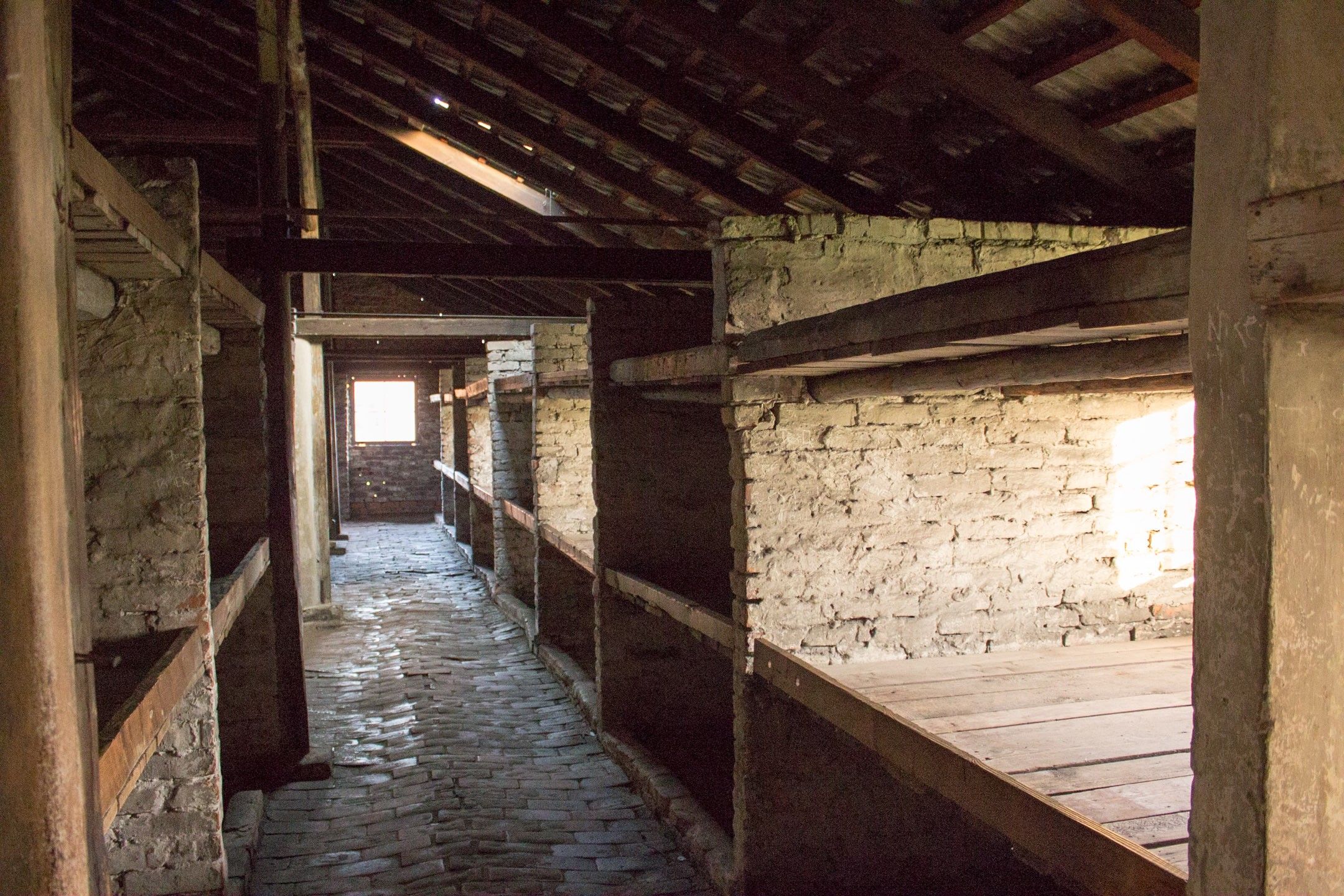
Those who passed were sent to the camp to serve as slave labor for the Nazi forces. The dormitories stacked bunks three high, with multiple people on each bed.

If you didn’t pass the medical examination,5 you wouldn’t have been informed of it. Instead, you’d just be shuffled along to a couple of buildings hidden by a copse of trees, eventually making your way as part of the crowd – nearly a thousand at a time – into the showers. There, if the veracity with which the guards were forcing people into the shower room wasn’t hint enough, you’d find that the shower heads were fake. The doors, once locked shut by the guards, were airtight. And the vents in the ceiling were raining Zykon B.

When the tide of the war turned, the Nazis accelerated their work at Auschwitz. When Allied forces got too close, the camp directors had a bit of a change of heart – clearly the enemy wasn’t going to see things in the same light, and phrases like “war criminal” and “genocide” tend to crop up a lot in those times. The twin killing chambers, with their attached industrial-capacity6 crematoria, were bombed in an effort to hide their wrongdoing.
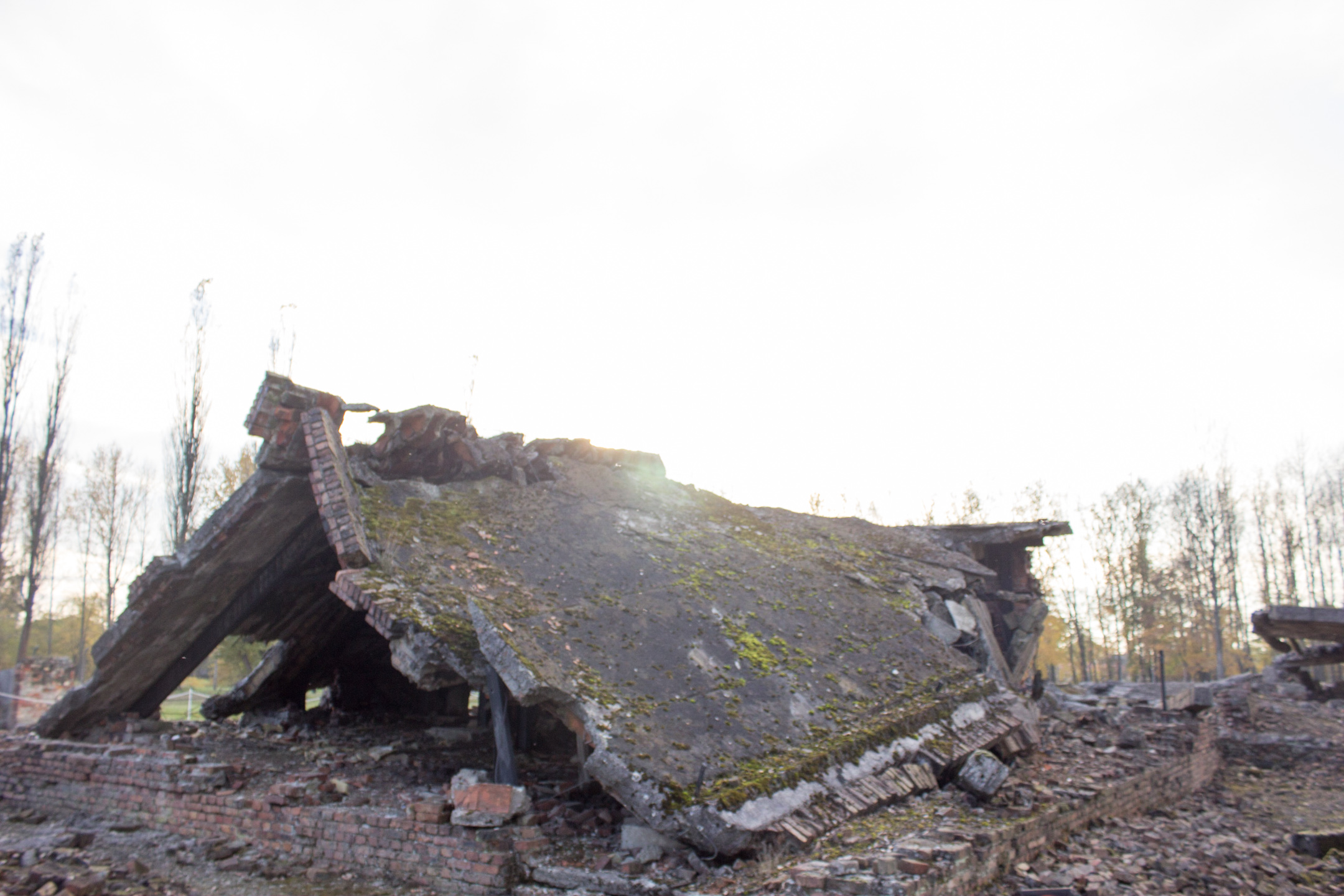
This crumbling ruin, though, remains. The Allies arrived, and history has not forgotten the wrong that was done. Though the ashes were scattered, what rose through the chimney and drifted down on the camp has left it as one of the largest mass graves in history.

Though a memorial has been built, many of those who were killed are still unknown – at peak capacity, the SS didn’t even bother recording the arrival of trainloads of their victims. Thousands of people disappeared with no trace but stolen belongings and ash in the air.
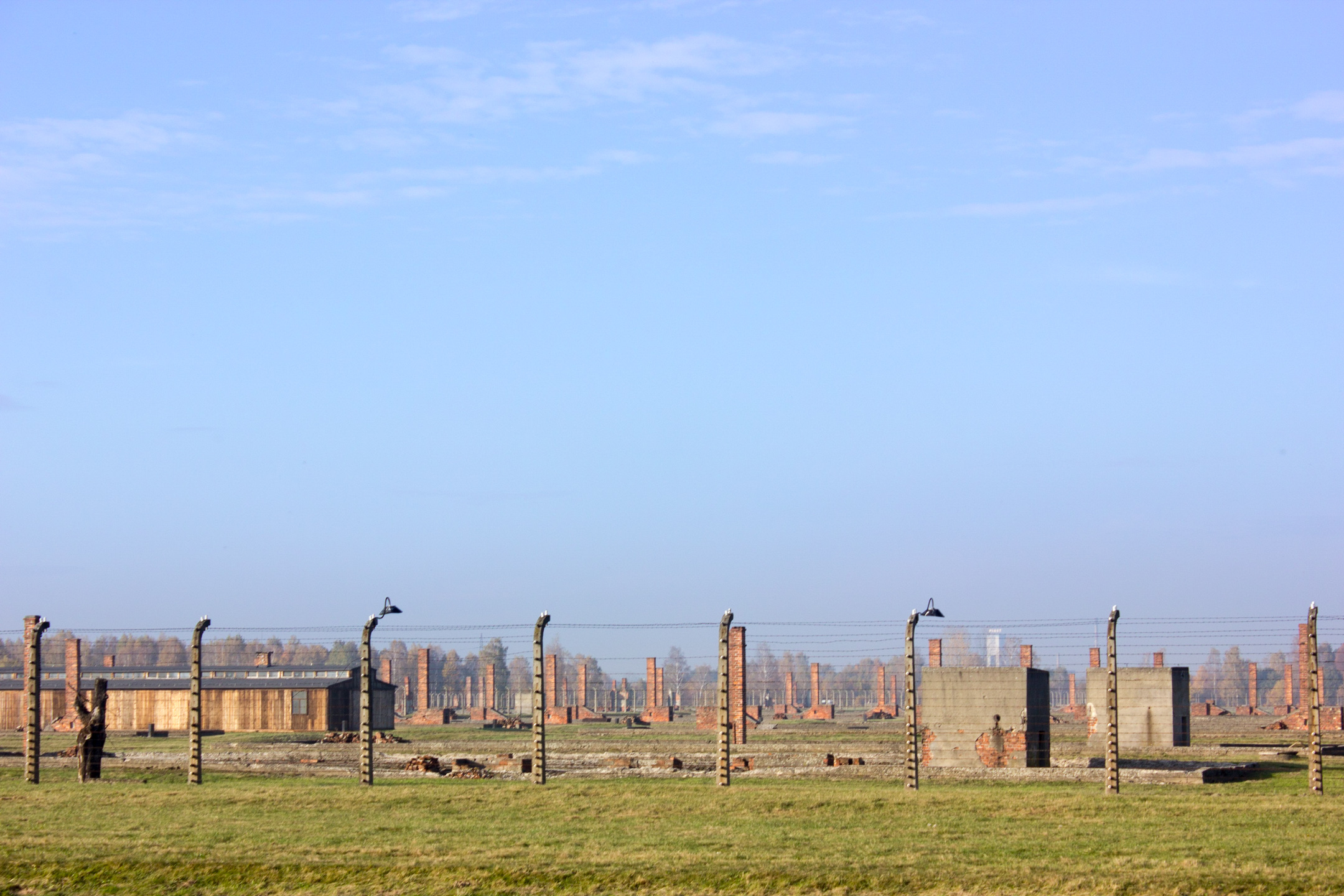
Today, the camp is in ruins.
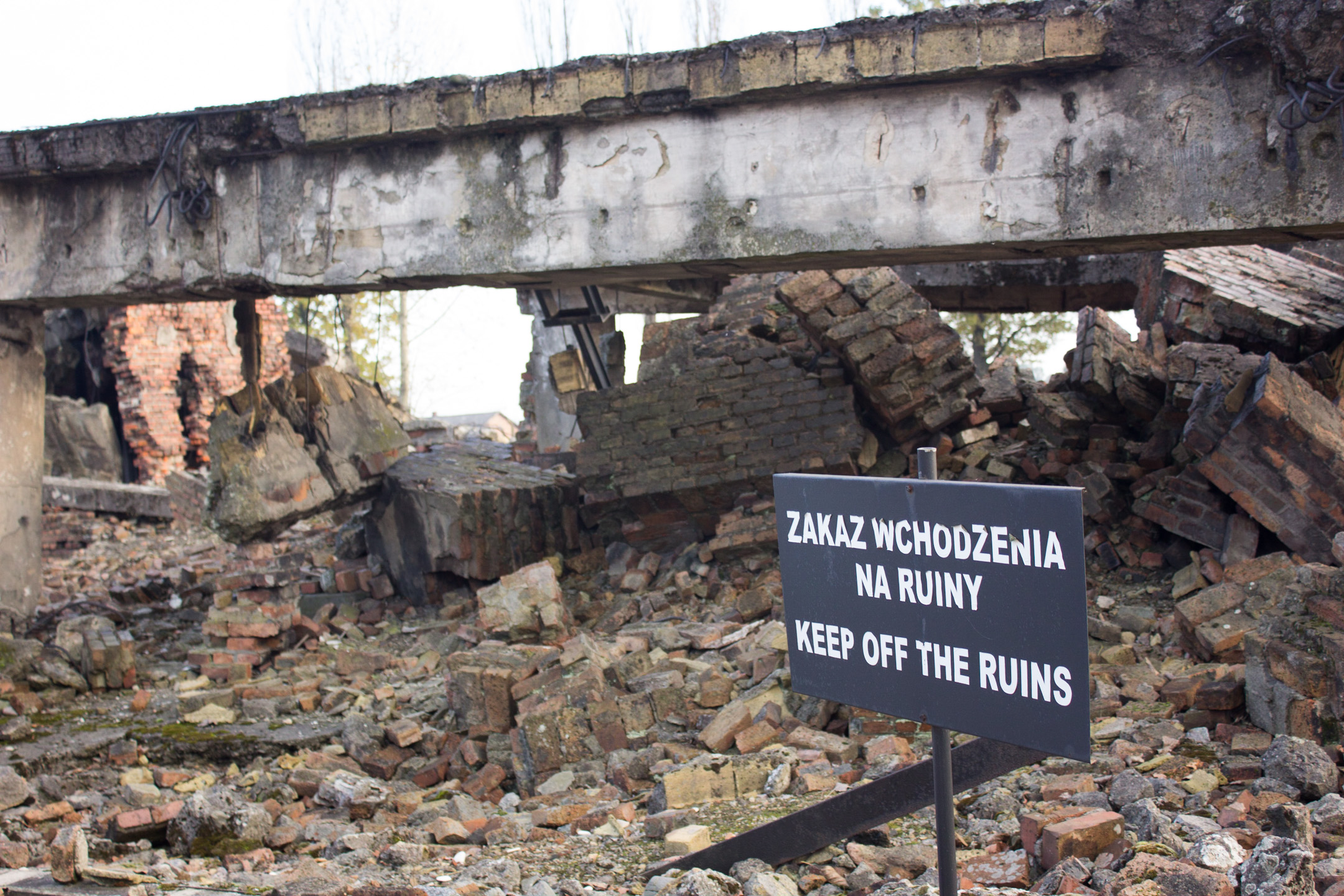
The killing gas is gone, the fires quenched.

All that’s left is to remember those who died here, and at the other camps like it, and those who were killed in the streets.

The sun has set on the Holocaust. But it hasn’t set on the hate and fear that made it possible. Be hopeful, for the world is a better place than it was; but do not be forgetful.
Those who cannot remember the past are condemned to repeat it.
- Mostly attributed to Joseph Stalin, though whether or not he actually said it is somewhat in question. ↩
- I’d make a joke about how the German classes I’m taking are good for something, but this really isn’t the sort of post where lightheartedness is appropriate. ↩
- The Nazis had blocked off everything within 40 kilometers or so in order to keep what was being done there a secret from the general population. A rather effective way of avoiding the sort of resistance a death camp inspires. ↩
- Which, I should note, continued to operate after the Birkenau expansion was opened. ↩
- And really, ‘medical’ should’ve been in quotes, because it was largely arbitrary, decided at the whims of medical professionals like Josef Mengele. ↩
- The camp could burn on the order of 4,000 bodies a day in the crematoria; that wasn’t always enough. ↩
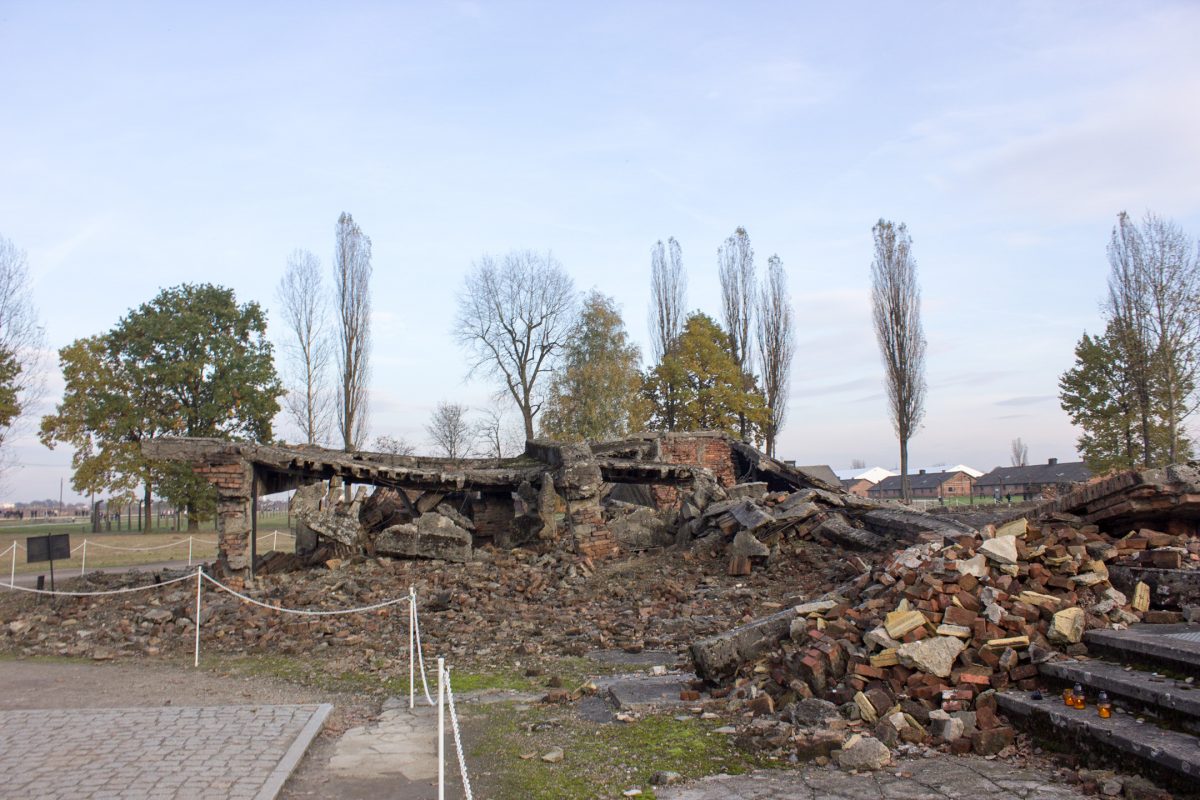
One reply on “"Auschwitz," or, "I'm not putting a silly title on this."”
[…] promised myself I’d have something happier to follow up my last post, and I also promised you, dear reader, that I’d eventually talk about the big fancy church in […]